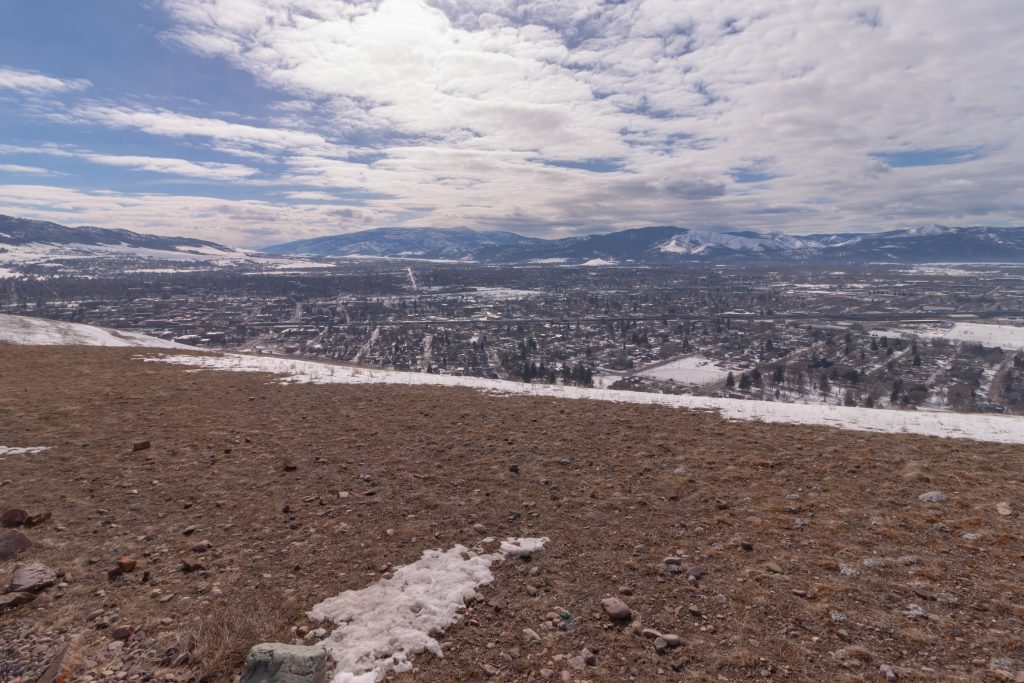
Great for recreation and wildlife
This land is on the north end of Missoula, Montana. And yes, there is a water storage structure sited here. But, the land is dedicated to public use. It is very popular for dog walking, running and hiking. There is a nice wide gravel trail in place for most of the ~4 mile loop.

While you move your body, wildlife watching can be excellent. The ridgeline of the hill is very windswept and as a consequence is very dry. This has created an interesting community of plants growing on it, generically referred to as ‘cushion plants‘. A good example here is Missoula Phlox (Phlox kelseyi var. missoulensis) which is endemic to Montana. Below is a photo of last year’s growth illustrating the mounded form of plants here.
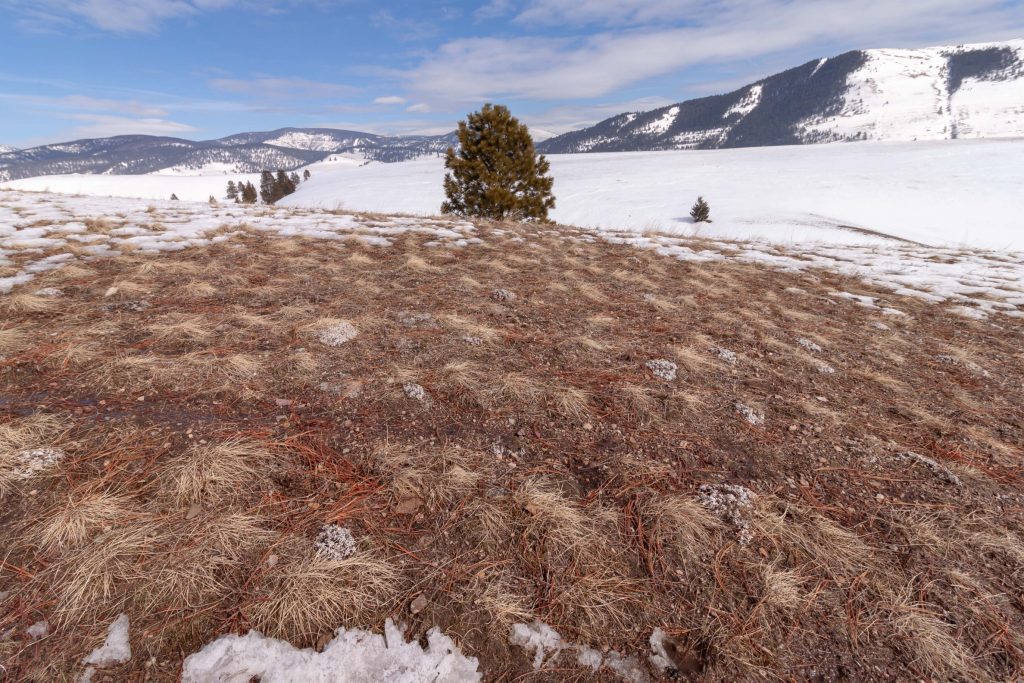
Of course not all of the plants here are specialized; the majority of the plants are grasses. Very attractive for typical open country bird species like Mountain Bluebird (Sialia currucoides) and Western Meadowlark (Sturnella neglecta). And much to my delight I found both on today’s hike.
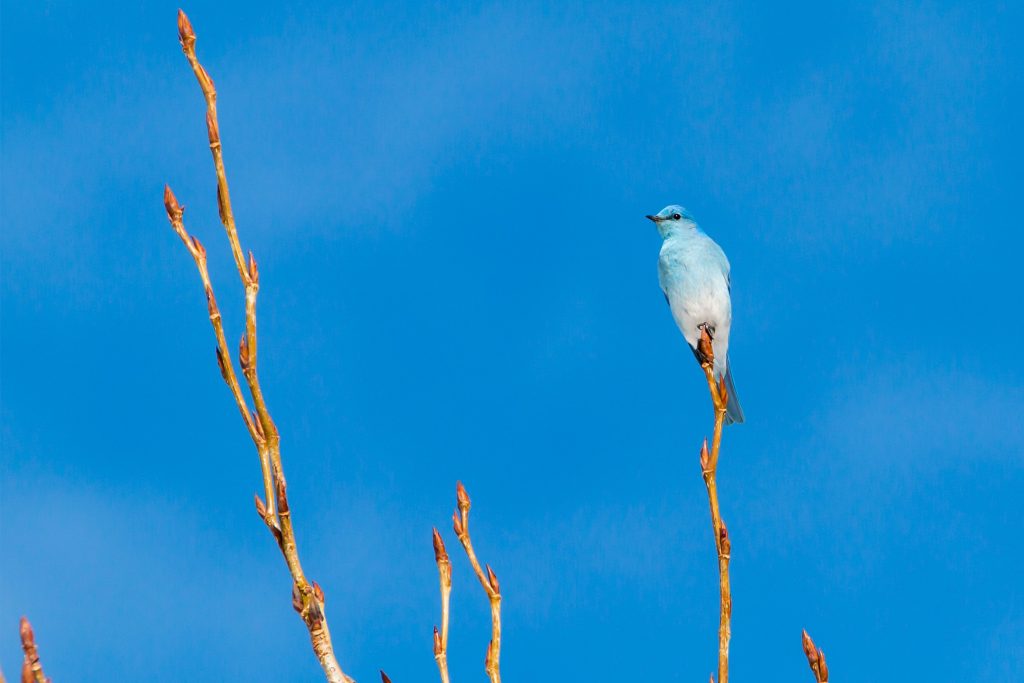
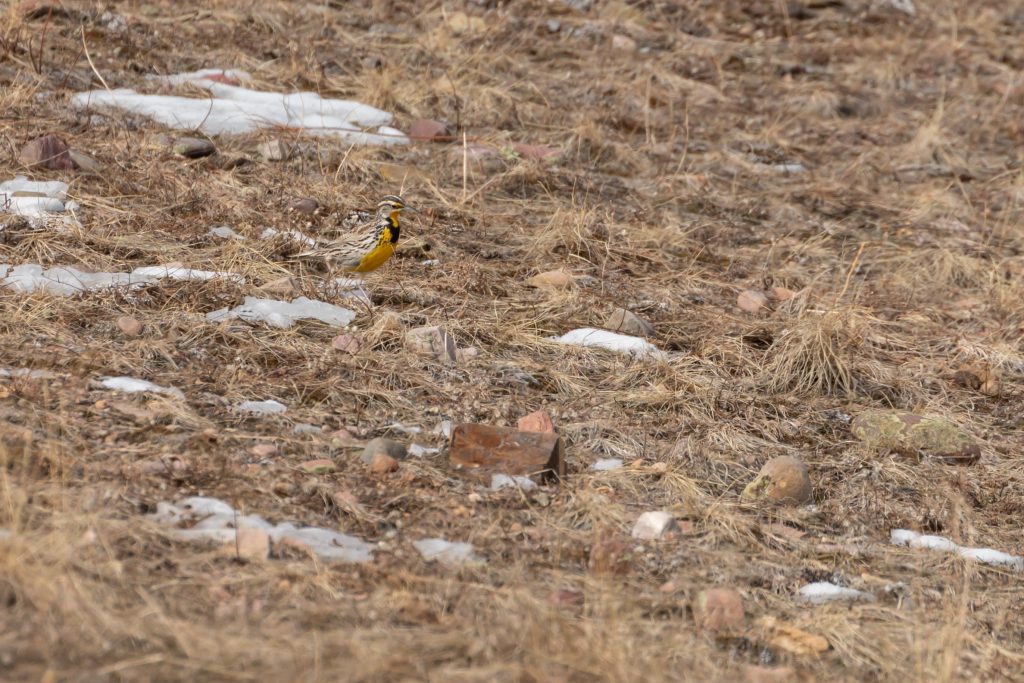
I encourage you to find similar lands in your area. Official spring is only days away now. Have a great outing soon!

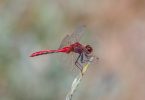
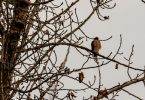
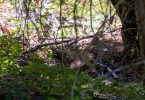
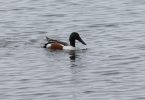

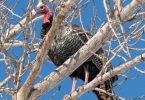
I never saw a mountain Bluebird. It sure is beautiful. Beautiful pictures. I find this website very educational.
Thanks much for the feedback Sharon. Seeing one of these birds is cool, but now imagine a larger group of these feathered pieces of turquoise flying low over the landscape. Bottom line, you get the beauty…that is the objective 😉
Wow that would be cool to see. I don’t suppose these birds are in MN.
Sharon, Sorry about the late reply. The closest breeding range is the western third of the Dakota’s. It is likely a couple of these birds are found annually in Minnesota. The problem being their appearance is not patterned, they don’t consistently show up in the same location. That would then become a “wild goose chase”…something you really don’t want 😉
Bummer, that sure is a pretty bird. Maybe someday I will see one if we ever get to MT again.